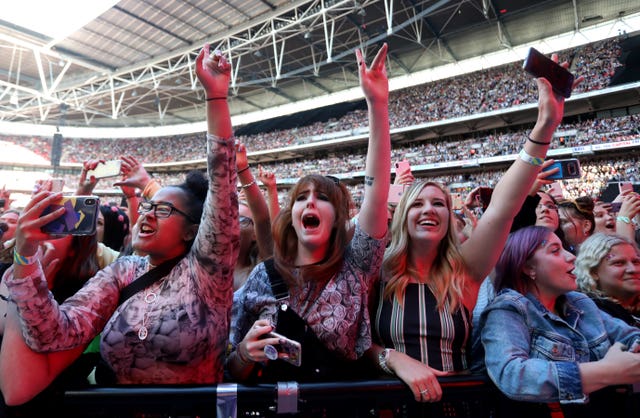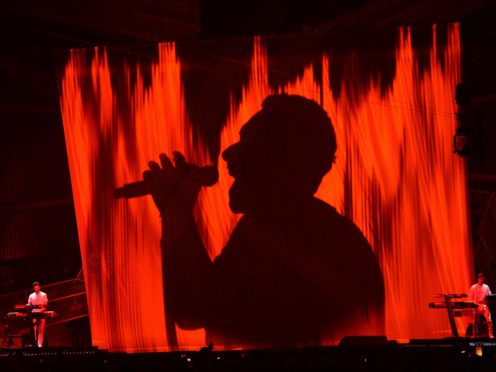People working in the music industry are nearly twice as likely to develop tinnitus as those in quieter occupations, according to a study.
Researchers compared levels of hearing difficulties and tinnitus between employees in the construction, agricultural, music and finance industries.
The study, led by a team at the University of Manchester, found health and lifestyle factors had relatively little impact and noise exposure was by far the biggest risk to developing the condition in which people hear ringing, buzzing or whistling noises in the absence of any external sounds.
Musicians who reportedly suffer from tinnitus include Bob Dylan, Coldplay singer Chris Martin, brothers Liam and Noel Gallagher, Ozzy Osbourne and The Jam bassist Bruce Foxton.

Dr Sam Couth, who is based at the university’s centre for audiology and deafness, said: “Our research shows that people working in the music industry are at considerable risk of developing tinnitus, and this risk is largely due to exposure to loud noise.
“This includes performing musicians, music directors and production staff for all genres of music.
“Musicians are advised to wear hearing protection when noise levels exceed 85 decibels, which is roughly equivalent to the noise produced by a passing diesel truck.
“Most amplified concerts exceed 100 decibels, meaning that musicians shouldn’t be exposed to that level of noise for more than 15 minutes without proper hearing protection.

“Changes to legislation have increased hearing protection use and reduced levels of hearing problems in the construction industry but the music industry lags behind.
“Musicians should wear earplugs designed specifically for listening to music so that the quality of the sound remains high, whilst the risk of hearing damage is reduced.”
Joe Hastings, head of health and welfare at Help Musicians UK said: “We welcome this research undertaken by Dr Couth’s department which supports our insights into the risks posed to musicians’ hearing arising from prolonged exposure to noise.
“We are currently working in partnership with British Tinnitus Association to investigate the potentially devastating impact of tinnitus in musicians.”
The study was published in the journal Trends in Hearing.
